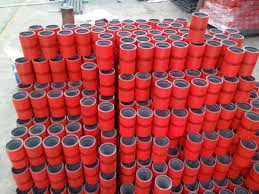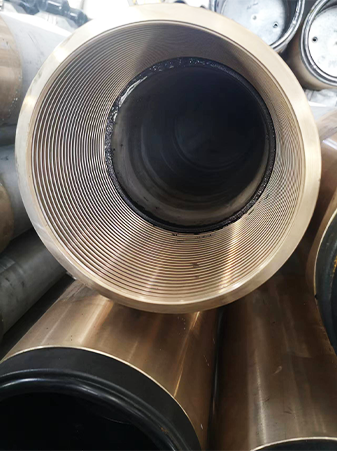- Afrikaans
- Albanian
- Amharic
- Arabic
- Armenian
- Azerbaijani
- Basque
- Belarusian
- Bengali
- Bosnian
- Bulgarian
- Catalan
- Cebuano
- Corsican
- Croatian
- Czech
- Danish
- Dutch
- English
- Esperanto
- Estonian
- Finnish
- French
- Frisian
- Galician
- Georgian
- German
- Greek
- Gujarati
- Haitian Creole
- hausa
- hawaiian
- Hebrew
- Hindi
- Miao
- Hungarian
- Icelandic
- igbo
- Indonesian
- irish
- Italian
- Japanese
- Javanese
- Kannada
- kazakh
- Khmer
- Rwandese
- Korean
- Kurdish
- Kyrgyz
- Lao
- Latin
- Latvian
- Lithuanian
- Luxembourgish
- Macedonian
- Malgashi
- Malay
- Malayalam
- Maltese
- Maori
- Marathi
- Mongolian
- Myanmar
- Nepali
- Norwegian
- Norwegian
- Occitan
- Pashto
- Persian
- Polish
- Portuguese
- Punjabi
- Romanian
- Russian
- Samoan
- Scottish Gaelic
- Serbian
- Sesotho
- Shona
- Sindhi
- Sinhala
- Slovak
- Slovenian
- Somali
- Spanish
- Sundanese
- Swahili
- Swedish
- Tagalog
- Tajik
- Tamil
- Tatar
- Telugu
- Thai
- Turkish
- Turkmen
- Ukrainian
- Urdu
- Uighur
- Uzbek
- Vietnamese
- Welsh
- Bantu
- Yiddish
- Yoruba
- Zulu
casing coupling china manufacturer
Coupling casing plays a crucial role in various industries such as oil and gas exploration, geothermal energy, and underground construction. This essential component is designed to connect and extend the length of pipes in a wellbore, ensuring stability and reliability in diverse drilling operations. With years of experience in optimizing website content for SEO, let’s delve into the intricate world of coupling casting to help you understand its significance and guide you in making informed decisions.

In the realm of oil and gas, coupling casings are fundamental to the integrity of the entire well structure. They are responsible for threading together sections of casing, providing a continuous seal that prevents fluid leakage and maintains pressure control within the wellbore. This process is critical because any misalignment or failure in the coupling could lead to catastrophic consequences, including blowouts or environmental contamination.
From an expertise standpoint, understanding the various grades of steel used in manufacturing coupling casing is vital. The American Petroleum Institute (API) specifies different grades based on yield strength and impact resistance. Common grades include J55, K55, N80, and L80, each offering unique properties tailored to specific environmental conditions and drilling requirements. Selecting the appropriate grade ensures that the casing can withstand the extreme pressures and temperatures encountered deep underground.

Authoritativeness is achieved by leveraging reputable sources and industry standards. For instance, API’s specification 5CT outlines the requirements for materials, threading, and testing of casing and tubing used in oil and gas. Adhering to such standards not only ensures regulatory compliance but also builds trust with stakeholders by demonstrating a commitment to safety and quality. Trusted manufacturers of coupling casing often display these certifications prominently, providing assurance of their product’s reliability.
coupling casing
From the perspective of trustworthiness, product performance histories and customer testimonials are invaluable. Real-world experience from professionals in the field gives insight into how different coupling casings perform under varying conditions. Sharing case studies that document successful implementations of coupling casing solutions can greatly enhance credibility, offering potential buyers confidence in the product's efficacy. By fostering a community of expert users, manufacturers can generate valuable feedback, which in turn, improves product design and application.
Furthermore, technological advancements have revolutionized coupling casing production. The introduction of advanced materials, such as corrosion-resistant alloys, and precision manufacturing techniques, like CNC machining, have enhanced the durability and precision of these products. Highlighting these innovations not only underscores a commitment to quality but also appeals to a market increasingly driven by technological improvements.
In conclusion, a deep dive into the world of coupling casing sheds light on its indispensable role in energy extraction and other critical applications. By highlighting components like experience, expertise, authoritativeness, and trustworthiness, businesses can create an SEO-optimized narrative that not only informs but assures potential clients of the value in choosing the right coupling casing solutions. Understanding these aspects empowers decision-makers to select products that ensure both operational success and safety, ultimately benefiting the entire industry.
-
Tubing Pup Joints: Essential Components for Oil and Gas OperationsNewsJul.10,2025
-
Pup Joints: Essential Components for Reliable Drilling OperationsNewsJul.10,2025
-
Pipe Couplings: Connecting Your World EfficientlyNewsJul.10,2025
-
Mastering Oilfield Operations with Quality Tubing and CasingNewsJul.10,2025
-
High-Quality Casing Couplings for Every NeedNewsJul.10,2025
-
Boost Your Drilling Efficiency with Premium Crossover Tools & Seating NipplesNewsJul.10,2025







